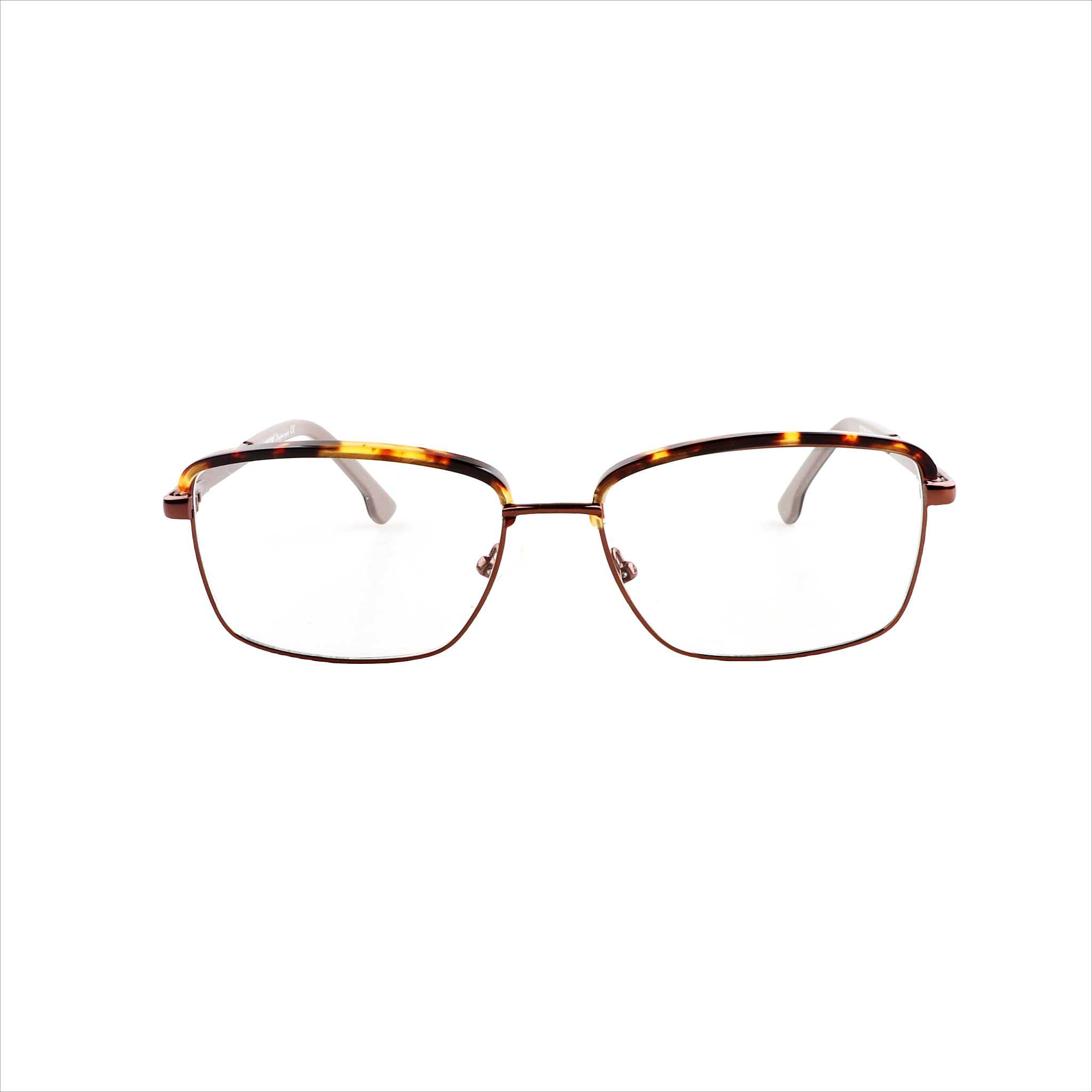How to Read a Contact Lens Prescription
If you’ve recently received a contact lens prescription, understanding it can be straightforward once you know what each part means. Here’s a guide to help you read your contact lens prescription.
Finding Your Prescription
You can find your contact lens prescription on:
- The form your optician provides after your fitting.
- The side of your contact lens box.
If you're having trouble locating it, you can ask your optician for the details.
Key Parts of a Contact Lens Prescription
A contact lens prescription typically includes:
- Base Curve (BC)
- Defines how curved the contact lens is to match the shape of your eye.
- Example: BC 8.4.
- Diameter (DIA)
- The width of the contact lens, ensuring it covers your eye properly.
- Example: DIA 13.8.
- Power (PWR), Sphere (SPH), or Dioptre (D)
- Indicates the strength needed to correct vision, measured in Dioptres (D).
- A minus sign (-) means you’re nearsighted; a plus sign (+) means you’re farsighted.
- Example: SPH -2.50.
- Contact Lens Brand/Name
- The specific brand and type of lens.
- Example: 1-Day Acuvue Moist.
- Cylinder (CYL)
- Shows the amount of astigmatism correction needed.
- If blank, no astigmatism correction is required.
- Example: CYL -1.25.
- Axis
- A number between 0-180 degrees, indicating the orientation of astigmatism correction.
- Example: AXIS 90.
- Additional Power (ADD)
- Used in multifocal lenses to aid with reading and close work, and typically a “+” value.
- Example: ADD LOW.
Contact Lens Prescription vs. Glasses Prescription
A contact lens prescription is not the same as a glasses prescription because contact lenses sit directly on the eye, while glasses sit a small distance away. This positional difference affects lens power. Unlike a glasses prescription, a contact lens prescription will include:
- Base curve
- Diameter
- Specific lens brand or manufacturer
In contrast, glasses prescriptions will often need adjustments in sphere, cylinder, and axis values to ensure the correct vision correction when used for contact lenses.
For best results, always use the correct type of prescription for each purpose.











